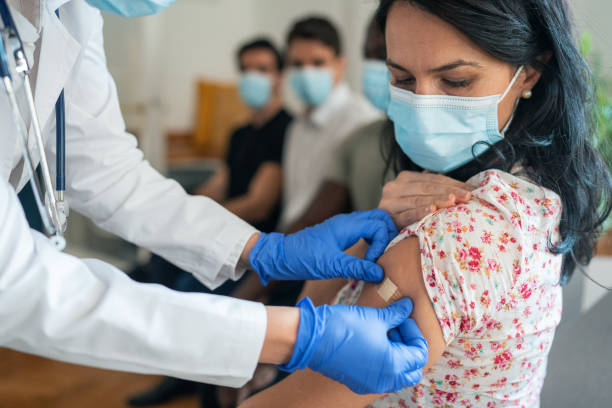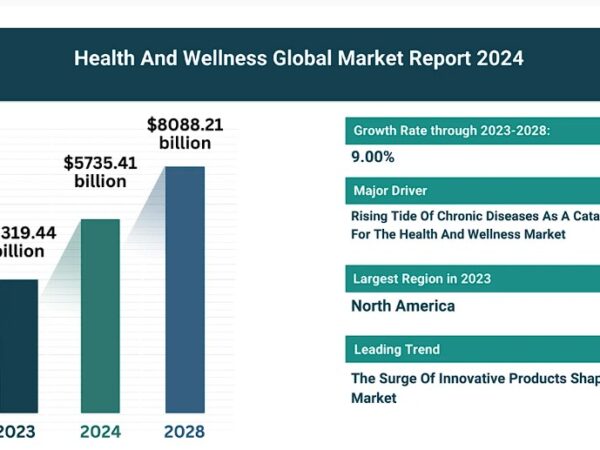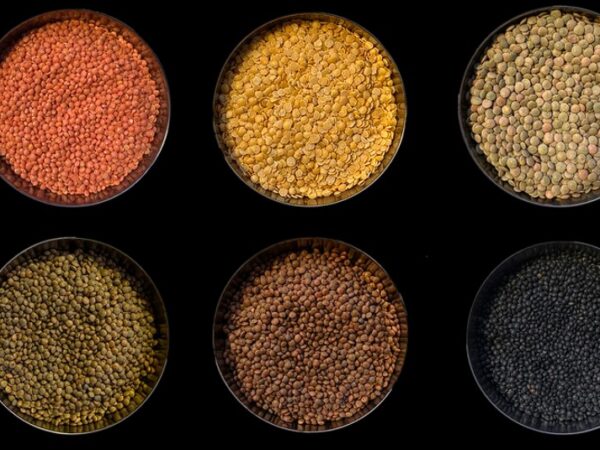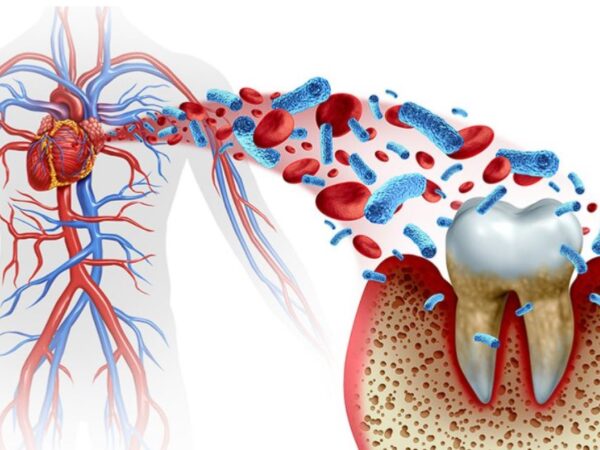UNICEF’s more than 1 million polio vaccines to control cVDPV2 in Sudan have been destroyed amid violence. The deputy director of the Office of Emergency Programs told Reuters that several cold chain facilities have been looted, damaged, and destroyed in Sudan. Numerous other agencies including World Food Program reported the damage due to the conflict.
In 2020, the cVDPV2 (circulating vaccine-derived poliovirus type 2) outbreak affected 15 of 18 states in Sudan. In response to this, WHO-UNICEF successfully conducted national polio immunization coverage in Sudan. Again in December 2022, the country reported cVDPV2 cases for which UNICEF was campaigning to vaccinate and control the outbreak.
A UNICEF report shows over 8 million children were immunized against polio type 2, in response to the 2020 outbreak. Their high-quality campaigns were successful in preventing the spread in the country. The WHO, UNICEF, and the Federal Ministry of Health were working together in response to the outbreak.
What is polio?
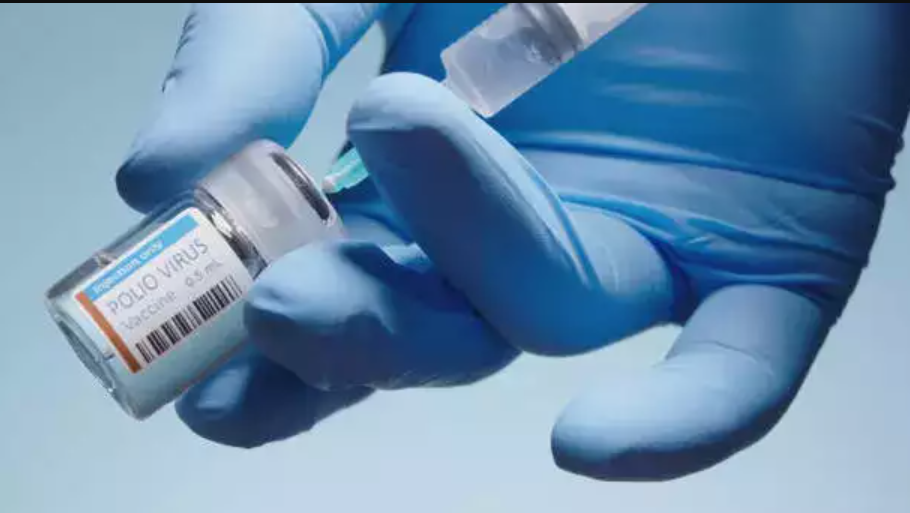
image source:https://etimg.etb2bimg.com/photo/100027996.cms
Polio is short for poliomyelitis, it is an infectious disease caused by the polio virus. The symptoms may include sore throat or fever in mild cases or it could be asymptomatic in most cases. The severity of the diseases may identify by symptoms like headache, neck stiffness, and paresthesia (burning or prickling sensation). Post-polio syndrome may occur years after recovery that include symptoms like muscle weakness, fatigue, a gradual decrease in the size of the muscles, etc.
Children under the age of five years are mostly affected. In extreme cases, polio leads to paralysis or even death in some cases. Due to its highly infectious nature, several health organizations are working towards eradicating the disease. In 1988, the World Health Assembly took an initiative named the Global Polio Eradication Initiative (GPEI) to eradicate polio globally.
The recent Polio Eradication Strategy 2022-2026 is all set to put efforts into eradicating this deadly disease. Several campaigns have been launched so far, to distribute vaccines and organize awareness campaigns. WHO is continuously making efforts to support the countries in eradicating the most affected parts of the world. According to the WHO report, almost 20 million people can walk today who would otherwise have been paralyzed.
The disease is highly infectious and can spread from person to person by fecal-oral transmission (poor hygiene) or via the oral-oral route. Even if the person is asymptomatic, he can spread the disease. However, with the efforts of global healthcare organizations, the number of polio cases worldwide is continued to decrease. According to a report by WHO, since 1988, over 99% of wild poliovirus cases have decreased.
It’s been thousands of years of polio’s existence in human lives. In the early 1950s, a scientist named Jonas Salk developed the first successful vaccine against IPV (Inactivated Polio Vaccine) or Salk vaccine against poliovirus. In the 1060s, a second type of polio vaccine was developed by an American physician and microbiologist Albert Sabin. This second type of polio vaccine is known as Oral Poliovirus Vaccine (OPV).

